Discover 20 hidden attractions, cool sights, and unusual things to do in Bilbao (Spain). Don't miss out on these must-see attractions: Guggenheim Museum Bilbao, Bilbao Fine Arts Museum, and Bilbao Cathedral. Also, be sure to include Azkuna Zentroa in your itinerary.
Below, you can find the list of the most amazing places you should visit in Bilbao (Basque Country).
Table of Contents
Guggenheim Museum Bilbao
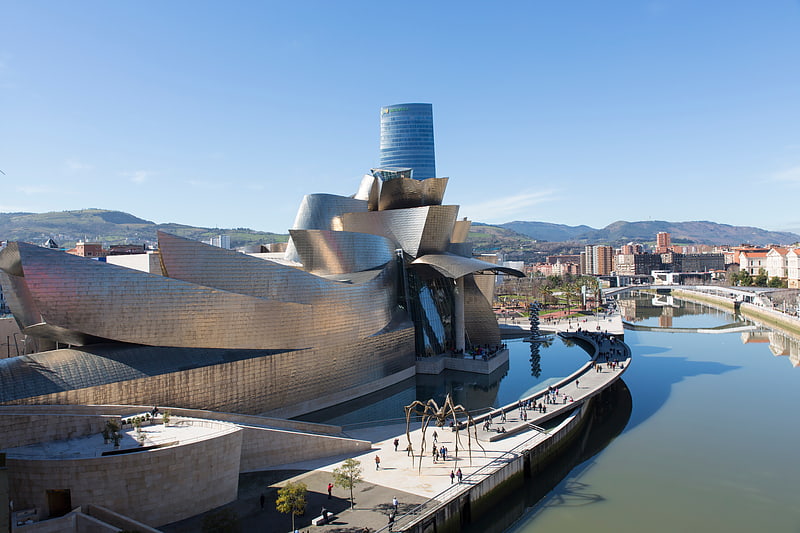
Also known as: Museo Guggenheim Bilbao
Frank Gehry-designed modern art museum. The Guggenheim Museum Bilbao is a museum of modern and contemporary art designed by Canadian-American architect Frank Gehry, and located in Bilbao, Basque Country, Spain. The museum was inaugurated on 18 October 1997 by King Juan Carlos I of Spain, with an exhibition of 250 contemporary works of art. Built alongside the Nervion River, which runs through the city of Bilbao to the Cantabrian Sea, it is one of several museums belonging to the Solomon R. Guggenheim Foundation and features permanent and visiting exhibits of works by Spanish and international artists. It is one of the largest museums in Spain. In 2020, the museum had 315,908 visitors, down 73 percent from 2019, due to the COVID-19 pandemic. It ranked 73rd on the list of most-visited art museums in 2020.
One of the most admired works of contemporary architecture, the building has been hailed as a "signal moment in the architectural culture", because it represents "one of those rare moments when critics, academics, and the general public were all completely united about something", according to architectural critic Paul Goldberger. The museum was the building most frequently named as one of the most important works completed since 1980 in the 2010 World Architecture Survey among architecture experts.[1]
Address: Abandoibarra Etorb., 2, 48009 Bilbo (Abando)
Bilbao Fine Arts Museum

Also known as: Museo de Bellas Artes de Bilbao
Medieval to modern art collection. The Bilbao Fine Arts Museum is an art museum located in the city of Bilbao, Spain. The building of the museum is located entirely inside the city's Doña Casilda Iturrizar park.
It is the second largest and most visited museum in the Basque Country, after the Bilbao Guggenheim Museum and one of the richest Spanish museums outside Madrid. It houses a valuable and quite comprehensive collection of Basque, Spanish and European art from the Middle Ages to contemporary, including paintings by old masters like El Greco, Cranach, Murillo, Goya, Van Dyck, Ruisdael and Bellotto, together with 19th century and modern: Sorolla, Mary Cassatt, Paul Gauguin, Henri Le Sidaner, James Ensor, Peter Blake, Francis Bacon and Richard Serra.[2]
Address: Museo Plaza, 2, 48009 Bilbo (Abando)
Bilbao Cathedral
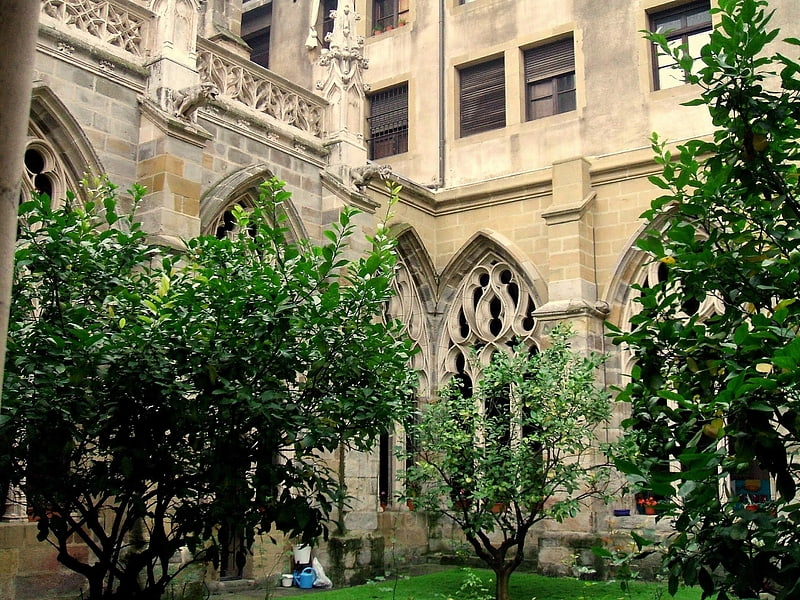
Also known as: Catedral de Santiago de Bilbao
Gothic-revival Catholic cathedral. Santiago Cathedral is a Roman Catholic church in the city of Bilbao. The temple was originally built during the 14th-15th centuries as Bilbao's main parish church, and was only declared cathedral in 1950 when the Roman Catholic Diocese of Bilbao was officially created. Its origins probably date to well before the foundation of the city in 1300, when Bilbao was little more than a small enclave of fishermen.
The temple is consecrated in honor of the apostle Saint James the Great (Santiago in Spanish), by virtue of being a point of transit for the pilgrims that followed the Northern branch of the Way of Saint James.
Architecturally, the present building is a mixture of styles: from the 15th century Gothic of the cloister and the main vault, where of special interest are the cloister and the beautiful portal that gives access Correo street (Puerta del Angel), to the ostentatious Gothic Revival façade and spire.
A curious custom is the addition of stone carvings of local merchants along the buttresses of the main vault.
It should not be confused with the Cathedral of Santiago de Compostela.
For various reasons, the San Mamés stadium, home of local football team Athletic Bilbao, was referred to as La Catedral several decades prior to the inauguration of Santiago Cathedral. A place of worship is depicted on the club's crest (as in the city coat of arms) but this is the nearby San Antón church and its bridge.[3]
Address: Plaza de Santiago, 1, 48005 Bilbo (Ibaiondo)
Azkuna Zentroa

Building in Bilbao, Spain. Azkuna Zentroa, previously known as Alhóndiga Bilbao, is a multi-purpose venue located in the city of Bilbao, Spain. It was designed by French designer Philippe Starck in collaboration with Thibaut Mathieu and was opened to the public in stages between 18 May and 24 October 2010. The venue, labeled as a "Culture and Leisure Centre", consist of a cinema multiplex, a fitness centre, a library, showrooms, an auditorium, shops, and a restaurant. In March 2015 its name was officially changed to Azkuna Zentroa in tribute to the late mayor of Bilbao Iñaki Azkuna.
Originally a corn exchange (alhóndiga in Spanish), it was designed by Basque architect Ricardo Bastida and inaugurated in 1909. However, in the 1970s, a new warehouse was planned and the Alhóndiga was abandoned. Several projects were suggested, ranging from public housing, a museum of modern art, or even demolishing the entire building, but all were scrapped. Finally, in 1994 it was decided to renovate it and build a sports and culture centre. The Basque Government decided to declare the building "Public Property of Cultural Interest" in 1999.[4]
Address: Bilbao, 4, Arriquibar Square
Mercado de la Ribera
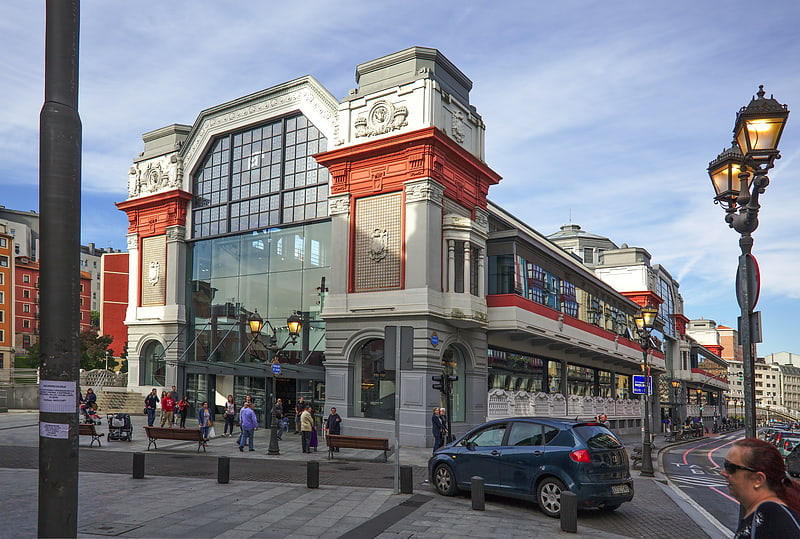
Market in Bilbao, Spain. The Mercado de la Ribera is a market square in Bilbao, the capital of the Basque Province of Viscay in the north of Spain. It is on the right bank of the Nervion River, next to Casco Viejo. Its built area of 10,000 square metres makes it the biggest covered market in Europe. Inside it, there are stalls that sell different products, mostly fresh produce. There are fish markets, butchers and green grocers. There is also a part of the market for the local farmers' products.[5]
Address: Calle de la Ribera, 22, 48005 Bilbao (Ibaiondo)
Chavarri Palace

Also known as: Palacio Chávarri
Landmark with noteworthy architecture. The Chavarri Palace is a building in the Flemish style in the city of Bilbao, the most outstanding around the Moyúa Square. It was built in the early 20th century and its style resembles the palaces built during the Renaissance in Antwerp or Bruges.
One of the most interesting features of the buildings is that none of the sets of windows is the same as any other.
The palace accommodates the representation of the Government of Spain in the province of Biscay.[6]
Palacio Euskalduna

Auditorium in Bilbao, Spain. The Euskalduna Conference Centre and Concert Hall is located in the city of Bilbao, Basque Country, beside the Estuary of Bilbao, built in part of the area that was formerly occupied by the Euskalduna shipyards.
It was designed by architects Federico Soriano and Dolores Palacios and construction started in 1994. It was inaugurated in February 1999 and contains a variety of spaces, functioning as a conference center, opera house and concert hall. In 2003 it was declared by the International Congress Palace Association as the world's best congress center. The building also won the Enric Miralles award. Euskalduna organizes and hosts a wide range of activities, including cultural, political, business, academic and social events. The main auditorium in the building has 2.164 seats and can stage performances of theatre, ballet, concerts, and opera. The building is equipped with storage space, dressing rooms, and rehearsal rooms.
It is located on the zone of Abandoibarra, near the Guggenheim Museum Bilbao. The building is connected to the rest of the city by tram, Bilbao Metro Lines 1 and 2 and Cercanías Bilbao lines C1 and C2. It is located in the centre of the city and activities like BAO are well-regarded. The ABAO opera season is a major event in this building. It also houses the Bilbao Symphony Orchestra (BOS), founded in 1920.[7]
Mirador de Artxanda
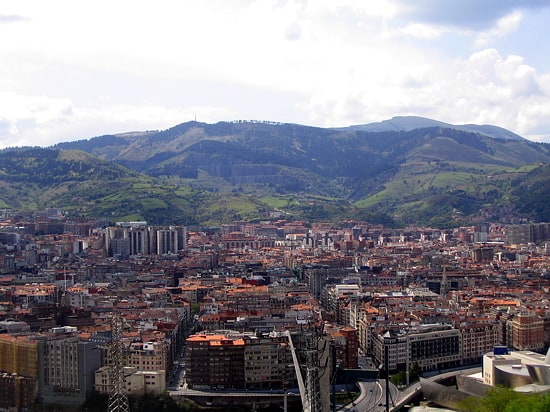
Also known as: Archanda
Park and views from atop a mountain. Mount Artxanda is one of the two small mountain ranges that delimit the municipality of Bilbao, the other one being Pagasarri. Of the two, it is the lower one, the closer one to the center of the city, and the one that has suffered from more intense urbanization. The pass of Santo Domingo separates the main part of Artxanda from Monte Avril, 400m high.
The Artxanda Funicular links downtown Bilbao with a recreational area at the top of the mountain, which has a park, several restaurants, a hotel, and a sports complex. The area is quite popular among the city's inhabitants and offers panoramic views of the city to the tourists.[8]
Address: Plaza del Funicular s/n, 48007 Bilbao (Uribarri)
Reproductions Museum Bilbao
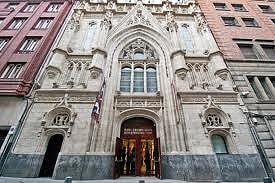
Also known as: Museo de Reproducciones de Bilbao
Museum in Bilbao, Spain. The Reproductions Museum Bilbao, was created in 1927,the purpose of the museum is to compile classic pieces of art for the enjoyment of the local people. Among the works reproduced faithfully from museums like the Louvre, Vatican or British Museum: the Panathenaic Frieze of the Parthenon, the Slaves and the Moses of Michelangelo, the Venus of Milo, the Winged Victory, the Laocoön Group, the Apoxyomenos, Gabies's Diana and Apollo Belvedere, among others.[9]
Address: San Frantzisko Kalea, 14, 48003 Bilbo (Ibaiondo)
Doña Casilda Iturrizar Park
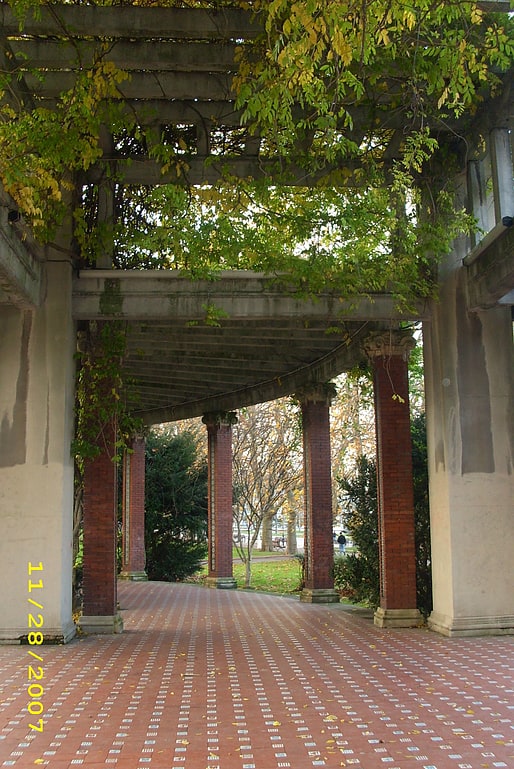
Also known as: Parque Casilda Iturrizar
Doña Casilda Iturrizar Park is a public park located in the city of Bilbao, in the central neighbourhood of Indautxu. It is named after Casilda Iturrizar, who donated the land and was a prominent philanthropist in the city.
Until a few years ago, it was the only green space in the city It features an English-style garden created more than 100 years ago, which highlights the perfectly preserved examples of many centenary tree species.[10]
Address: Pque. Casilda Iturrizar, 48011 Bilbao (Abando)
Basilica of Begoña
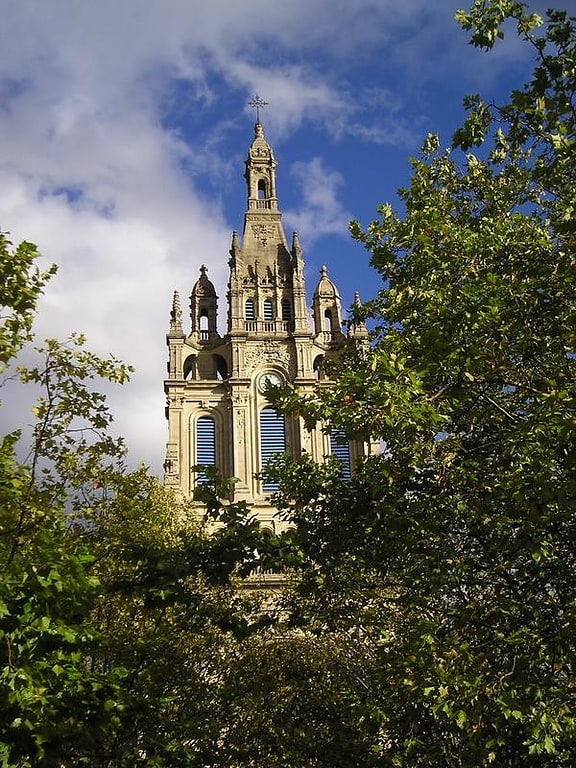
Also known as: Basílica de Nuestra Señora de Begoña
Prominent church from the 1500s. The Basilica of Begoña is a basilica in Bilbao, in Spain, dedicated to the patron saint of Biscay, the Virgin Begoña.
The current parish priest is Jesús Francisco de Garitaonandia.[11]
Address: Begoñako Andra Maria Kalea, 38, 48006 Bilbo (Begoña)
Teatro Arriaga
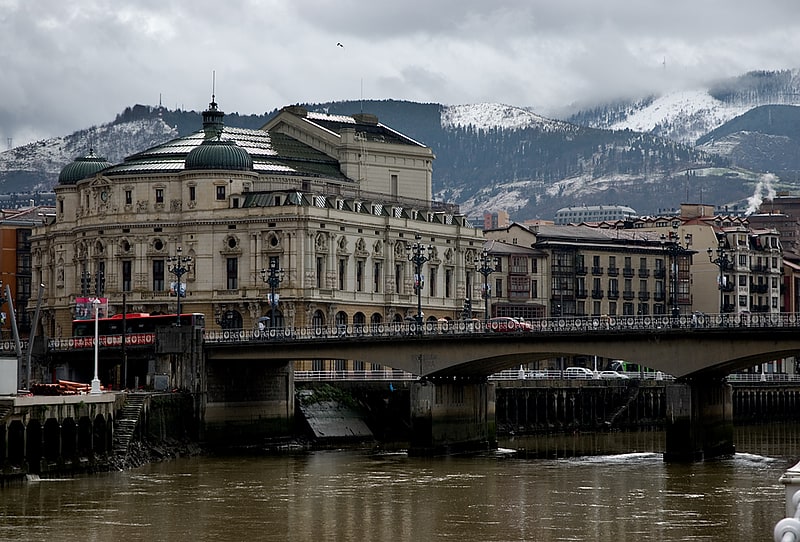
Opera house in Bilbao, Spain. The Arriaga antzokia in Basque or Teatro Arriaga in Spanish is an opera house in Bilbao, Spain. It was built in Neo-baroque style by architect Joaquín Rucoba in 1890, the same architect that built the city hall. It is named after Juan Crisóstomo de Arriaga, known in his time as the "Spanish Mozart".
The theatre was rebuilt in 1985 after severe flooding in August 1983 destroyed it.[12]
Address: Plaza Arriaga, 1, 48005 Bilbao (Ibaiondo)
Iglesia de San Antón
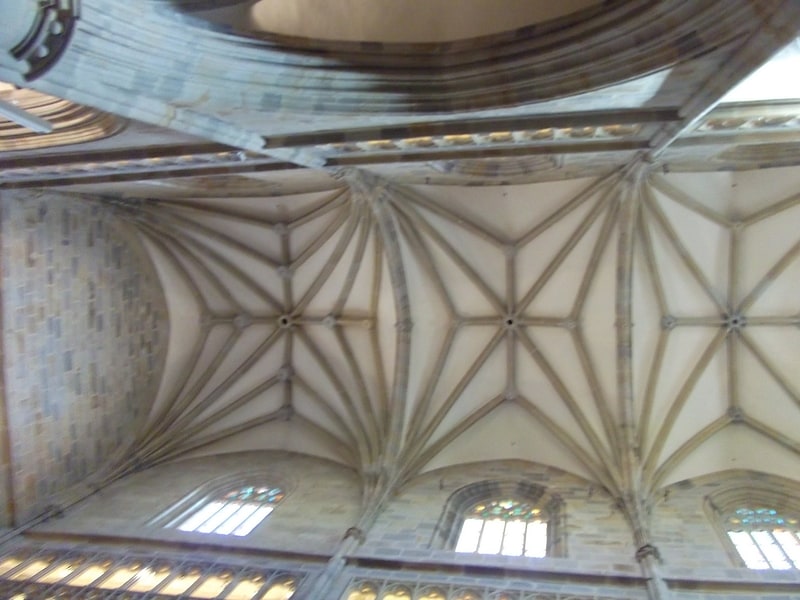
Temple in Bilbao, Spain. The Church of San Antón is a Catholic temple located in the Old Town neighbourhood of Bilbao, Spain. It is dedicated to Anthony the Great, known as San Antón in Spanish. It is featured, along with the San Antón Bridge, in the city's coat of arms. The estuary of Bilbao flows next to it.[13]
Address: Erribera Kalea, 24, 48005 Bilbo (Ibaiondo)
Arenal Bridge
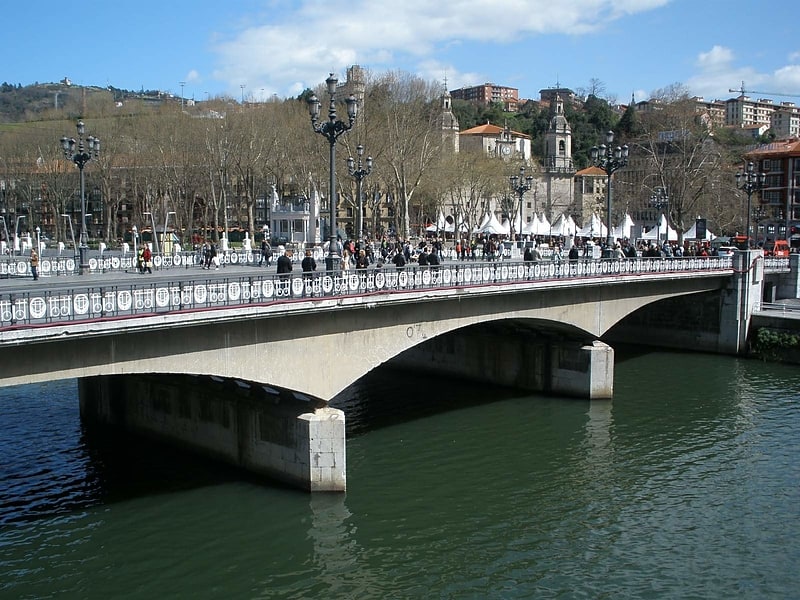
Also known as: Puente del Arenal
Concrete bridge in Bilbao, Spain. The Arenal Bridge is a reinforced concrete bridge in Bilbao, Spain.
It spans the Estuary of Bilbao, linking the neighborhoods of Casco Viejo and Abando. The third bridge to stand on the site, it was completed in 1938. The original bridge was opened in 1848 and the second in 1878.
The Arriaga Theater, the Arenal de Bilbao (Bilbao Arenal) park, the Estación de Concordia (Concordia Train Station) and the Bailén Skyscraper (the first skyscraper of the city) can be seen from the bridge.[14]
Address: Pte. del Arenal, 48005 Bilbao (Ibaiondo)
Plaza de Toros de Vista Alegre
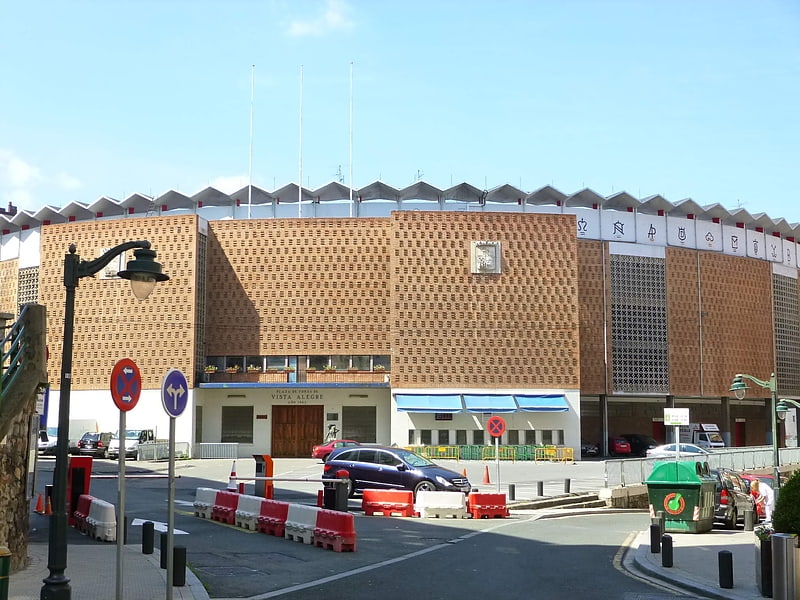
Also known as: Plaza de toros de Vista Alegre
Bullring in Bilbao, Spain. Plaza de Toros de Vista Alegre is a bullring in Bilbao, Spain. It is currently used for bull fighting. The stadium was built in 1882 and holds 14,781 people.[15]
Address: Calle Martin Aguero 1, 48012 Bilbao (Rekalde)
Zubizuri
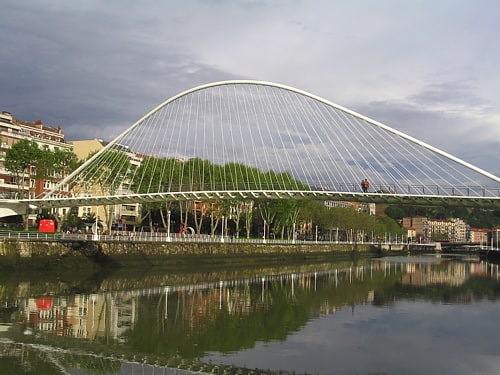
Modern, tied-arch footbridge. The Zubizuri, also called the Campo Volantin Bridge or Puente del Campo Volantin, is a tied arch footbridge across the Nervion River in Bilbao, Spain. Designed by architect Santiago Calatrava, the bridge links the Campo Volantin right bank and Uribitarte left bank of the river.[16]
Address: Huertas de la Villa nº9, Bilbao (Uribarri)
Plaza Nueva
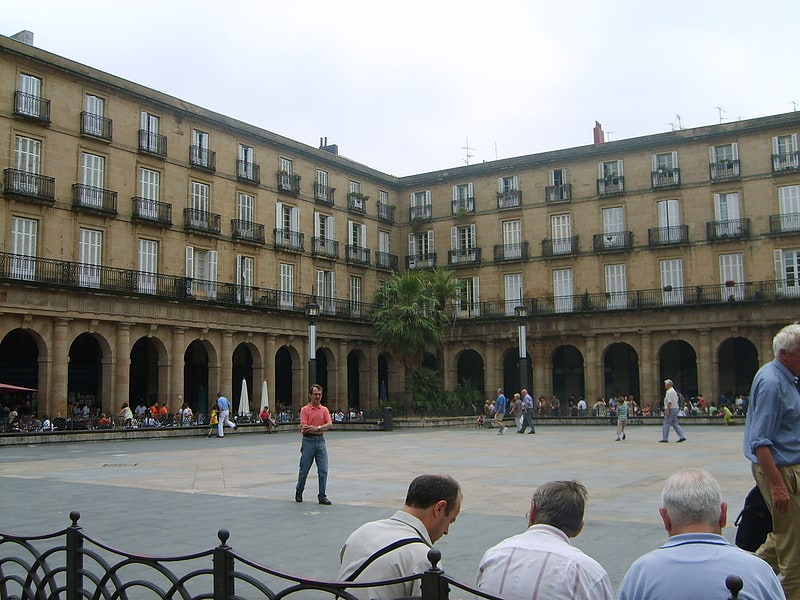
Historical landmark in Bilbao, Spain. The Plaza Nueva or Plaza Barria of Bilbao is a monumental square of Neoclassical style built in 1821. Its name comes from the previously existing Plaza Vieja or Old Square in the place where the Ribera Market was built. The square is enclosed by arcaded buildings and accessed by arches known as cuevas.
The main building was the site of the Biscay government, until a new palace was built in 1890. The place is now the site of Euskaltzaindia, the Basque language Royal Academy.
The arches host many traditional taverns and restaurants, some of the most ancient and typical of the city, and some gift and souvenir shops.
Each Sunday, the square provides space for a traditional flea market where ancient books, coins, stamps, birds and flowers are sold.
The square is used often for folk demonstrations, festivals and concerts. The Grand Slam Masters Final, one of the strongest chess tournaments in the world, was held in a glass structure on Plaza Nueva in 2008 and 2009.
Since 2008, the City Council acts as a free ISP providing free Internet access via Wi-Fi in the square.[17]
Address: Kale Barria, 14, 48005 Bilbao (Ibaiondo)
Bilbao City Hall

Also known as: Casa consistorial de Bilbao
The City Hall of the borough of Bilbao, Spain, is located on the right bank of the Estuary of Bilbao across the Puente del Ayuntamiento bascule bridge that links it to the central Abando district.
The building was built in 1892 by Joaquín Rucoba, on the former site of a convent in the district of Uribarri. It was built in Baroque style. One of the highlights of the building is the Arab Hall, a richly decorated hall in the Neo-Mudéjar style that resembles the decorations found in the Alhambra of Granada. The hall is used for official receptions and weddings.
Before 1890, the city's council was located in a building inside the Old Town.[18]
Address: Plaza Ernesto Erkoreka, 1, 48007 Bilbao (Uribarri)
San Antón Bridge

Also known as: Puente de San Antón
Arch bridge in Bilbao, Spain. The San Antón Bridge is an arch bridge in Bilbao, Spain. It spans the Estuary of Bilbao, linking the neighborhoods of Bilbao La Vieja and Casco Viejo. It is the oldest bridge in the city, with the original bridge being opened before 1318. At the time of its opening, and during centuries, it was the only bridge that crossed the river. It is located next to the Church of San Antón.
The San Antón Bridge is one of Bilbao's emblems and it is depicted on the city's coat of arms (as well as the crest of the local football club, Athletic Bilbao). Its origin is medieval. This bridge has a great historical importance, as the merchants were forced to use it to carry their products from Biscay to Castile as it was the only bridge that crossed the river.
Several floods have pulled down the bridge several times; to solve the problem the city hall decided to build a completely new one by the end of the 19th century. The new bridge was finished in 1880; the opening was delayed after it suffered damage on the Carlist Wars. It had to be reconstructed once more in 1937 after it was demolished on the Spanish Civil War. The 1937 reconstruction was the last one and the current bridge is from that time.[19]
Address: Pte. de San Antón, 48003 Bilbao (Ibaiondo)
Indautxu
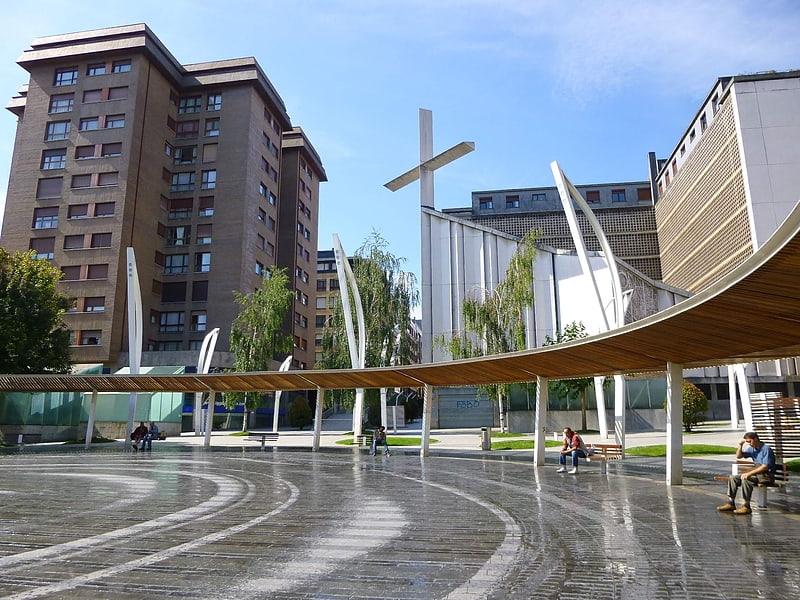
Neighbourhood in Bilbao, Spain. Indautxu is a quarter of central Bilbao, Basque Country, located in the district of Abando. It is a relatively affluent neighbourhood and is most famous for the large number of private hospitals and clinics, the large Society of Jesus school and the Doña Casilda Iturrizar park, all located in the area.[20]